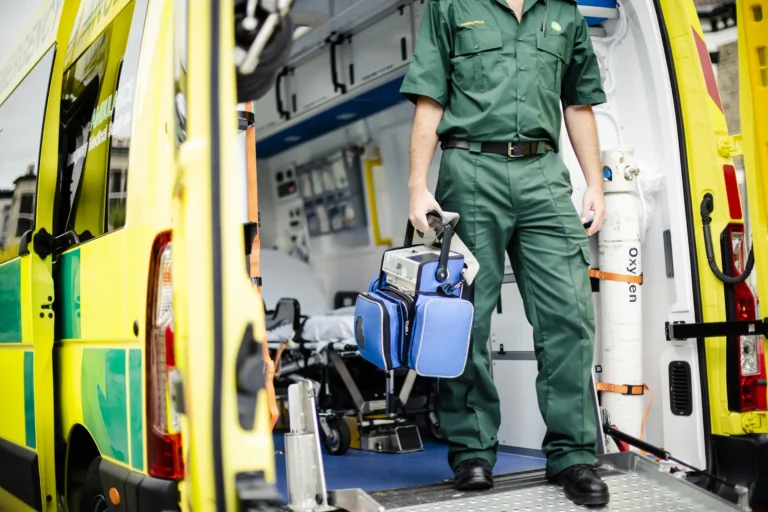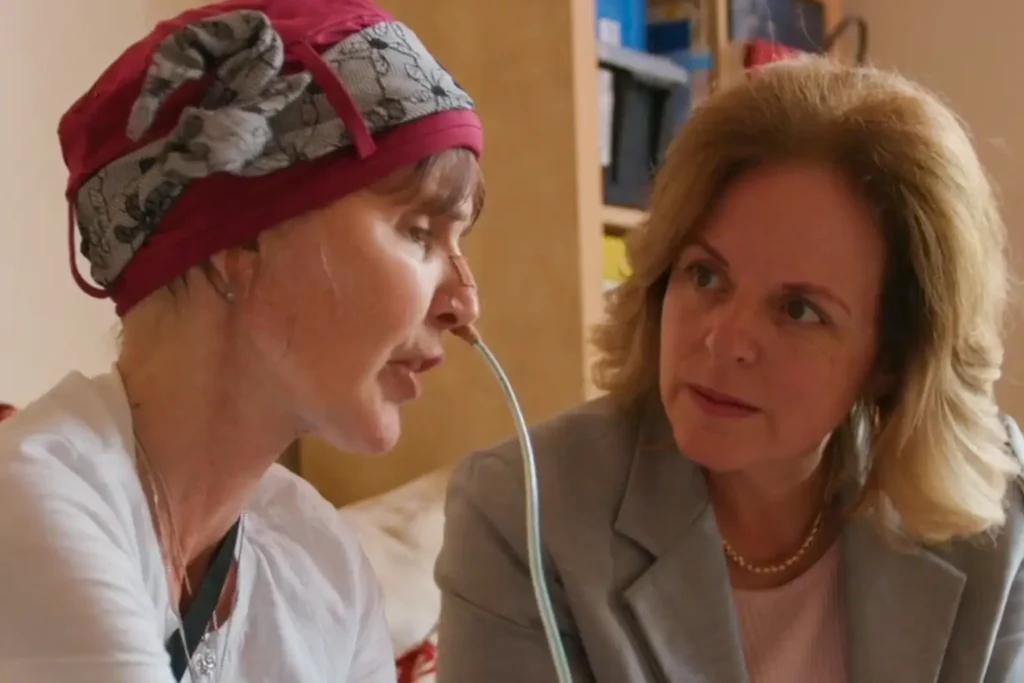Highland worked with Coordinate My Care on a PR campaign that culminated in a broadcast interview about its work on Channel 4 News. Samina Qutub explains how this raised its profile and gave it a voice in the critical debate about how the NHS will work in the future.
Coordinate My Care is an NHS clinical service that shares information between healthcare providers. It enables healthcare professionals to record a patient’s wishes on a standard, digital care plan, so they can be accessed by all those responsible for their care.
The service is presently commissioned for patients approaching the end of their lives, but it is used widely in other patient cohorts, including the elderly and frail, and those living with long term medical conditions.
CMC uses the InterSystems HealthShare platform, and in 2016 InterSystems introduced the Coordinate My Care team to Highland.
Samina Qutub, marketing and communications manager, says it wanted to inform policy makers about CMC’s work, re-engage clinical audiences, and prepare to launch myCMC; a portal that lets patients initiate a care plan themselves.
Thought leadership for NHS leaders
Highland helped Coordinate My Care to create a messaging document and to shape thought leadership articles for target publications.
The Health Service Journal ran an article from Professor Julia Riley, a palliative care consultant at the Royal Marsden and Royal Brompton hospitals, who was inspired to create CMC after seeing a family member struggle to have her care wishes respected while she was dying of cancer.
The article explained that many other patients are in the same position. This is not only distressing for them and their families; the opinion piece explained to HSJ’s management audience that it is expensive. It quoted an independent evaluation that estimated the NHS could save nearly a billion pounds a year, if every patient predicted to die within a year had a care plan in place and stayed out of hospital.
HSJ also ran an opinion piece from Dr Fenella Wrigley, the medical director at the London Ambulance Service, who explained how CMC plans are helping frontline crews. She argued the 50,000 care plans created in London are just “scratching the surface” and: “Anyone with an urgent health need should have a care plan, so bespoke care can be provided.”
Seizing the broadcast opportunity
The “jewel in the crown” of the campaign was a dedicated, exclusive report on Channel 4 News about CMC’s work. Highland pitched an interview to health and social care correspondent Victoria Macdonald ahead of the NHS70 anniversary in July, and then worked with Channel 4 to develop angles for filming.
In the five and a half minute item, which broadcaster Jon Snow introduced as “a breakthrough in helping people with one of the most profound decisions they will ever make”, Professor Riley was able to explain how the service worked.
Jane Leaver, a doctor with multiple health problems, was then able to tell viewers how CMC has helped her to organise the care she needs, and about the impact this has had. Qutub says that for a small organisation, like CMC, this kind of coverage is “invaluable.”
“For any organisation, broadcast airtime is valuable,” she says. “For a service like ours, getting that spotlight is a paradigm shift in terms of awareness and engagement. We got more calls to our helpline, and more Twitter impressions after the interview went out. There was a real, upwards spike.”
Immediate and lasting impact
In a report summarising the impact of the Channel 4 interview, CMC noted that it would have been seen by an audience of 650,000-700,000 people. NHS organisations tweeted or retweeted items about the interview, and Age UK tweeted its entire London membership about the broadcast.
The day after the segment went out, there was a seven-fold increase in the number of CMC plans created, with 35 drawn up when, on average, four to five plans are created each day. In addition, Qutub says the PR campaign, and the Channel 4 interview in particular, have had a longer-lasting impact at a policy level.
“The really, really important thing was the gravitas of being on Channel 4. It has facilitated conversations with the Department of Health and NHS England.
“CMC fits with the direction of travel that the NHS is taking, in terms of delivering a paperless, digital service, sharing information across different healthcare settings, and delivering patient centric care; and the Channel 4 interview has given us a platform from which to showcase that.”
The final part of the campaign was a press release to launch myCMC, which is designed to give patients more ownership of their own care plan and more time to think about some of the important decisions that need to be made.
It also saves time for GPs and other medical staff if patients have thought about some of the key sections before their consultation, which can then be focused on clarifying some of the specific medical details.
The launch was deliberately focused on clinical and healthcare technology audiences, rather than the general press or public, but the release was still picked up by target publications, including those serving the care home sector – with which CMC is keen to work.
Understanding the market, the client, and the nuances
Qutub says CMC has valued working with an agency that specialises in healthcare and technology. “Highland really understands healthcare, and because it has InterSystems as a client, it really understood the technical platform, as well,” she says.
“Highland also ‘got’ what we are about. When Highland wrote an article for us, it really understood what we needed. There was nothing superficial about any of the pieces that were produced. They were all sensitive, well-written, and well received by the publications that ran them. What was suggested, worked.”
The thought leadership campaign achieved its objective of engaging clinicians and managers who might use the CMC service. “We got clinical people, at the front-end of the debate, talking about us, and that was great,” Qutub says.
It also helped to put CMC in the centre of the policy debate. “This PR campaign has helped us to have a voice with clinical audiences and patients, but also with policy makers, who are a new audience for us,” Qutub says. “Care planning is a focus for change in the NHS and doing PR has given us visibility in that discussion.”
For example, CMC was mentioned in the House of Lords in a debate called by the late Baroness Tessa Jowell into how innovative treatments and technologies could be made available to patients who, like her, were living with cancer.
“That sort of surround sound really does help us,” Qutub adds. “This kind of initiative is going to be the mainstay of clinical practice, and this work, along with all the other pieces outlined above, have helped to push us up the healthcare agenda. The PR has helped to create the footprint we need.”




